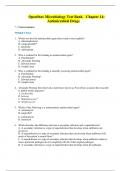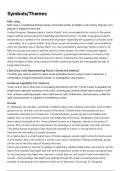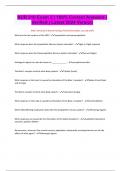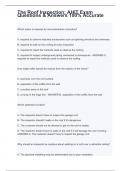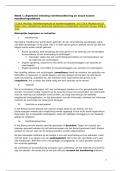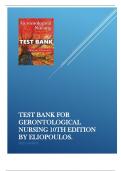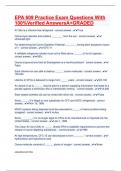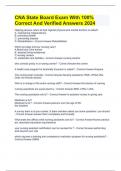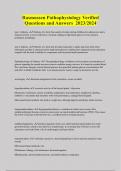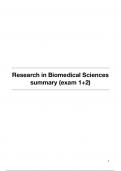Exam (elaborations)
OpenStax Microbiology Test Bank Chapter 14: Antimicrobial Drugs
- Module
- Institution
OpenStax Microbiology Test Bank Chapter 14: Antimicrobial Drugs * = Correct answer Multiple Choice 1. Which was the first antimicrobial agent discovered to treat syphilis? A. chloramphenicol B. compound 606* C. penicillin D. sulfonamide 2. Who is credited for first finding an antim...
[Show more]
